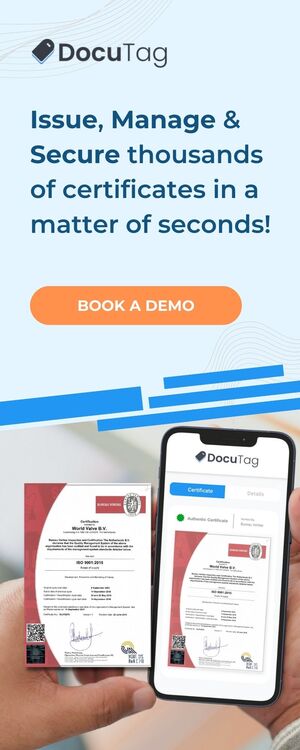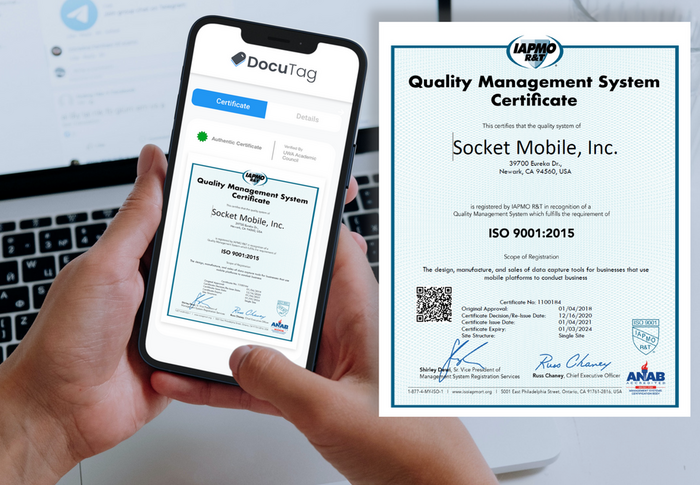Tech Talks: Are Public Blockchains More Secure Than Private Blockchains?
If you’re interested in blockchain technology, you’ve undoubtedly heard of the terms ‘Private Blockchain’ and ‘Public Blockchain’. These two types of blockchain platforms work differently, but before going more in depths into their use, let’s clarify what those terms imply most simply and straightforwardly.
What do Private/Public blockchains entail?
- A public blockchain is generally known to be public and open to anyone to join. Through it, your participation is permissionless, anonymous, and it is based on the consensus mechanism. Also, it is either using the Proof of Stake or Proof of Work process.
- A private blockchain is usually created by a single organization and has tighter requirements around nodes joining. In other words, its participants are permissioned, and their identity is disclosed. Also, its security system is based on either voting or multi-party consensus.
Now that we have a better idea of the differences between these two types, we would like to focus a little bit more on public blockchains.
What are the benefits of public blockchains?
- A public blockchain is a decentralized blockchain
Public blockchains are decentralized: it means that no entity will be able to have control over it. Thus, it is harder to censor and block. On the contrary, private blockchains are susceptible to be blocked by a company, an organization, or whoever runs it.
Similar to how Google can decide to stop running services that are no longer profitable, the entities running private blockchains can choose to no longer maintain the facility, especially if it’s no longer profitable or affected negatively by government regulations.
- A public blockchain has lower infrastructure costs
Public blockchain lowers the cost of entry because it is accessible to a lot of people. With private blockchain, it is fundamental to place the necessary redundancy in infrastructure to support the blockchain. On public blockchains, the infrastructure is there, and you just have to pay for what you use (transaction fees and gas, among other things).
However, like in any system, public blockchains also have their drawbacks, and there are several myths about public blockchains that we would like to demystify. The most famous one being:
‘Public blockchains are more secure than private blockchains’
This statement comes from the assumption that public blockchains are already secure because it has a lot of nodes, but it is not necessarily true as it depends on how the blockchain is designed and built.

The best example is the attack on the Ethereum Classic chain back in early January 2019. This attack was possible due to an oversight of the blockchain’s protocol layer. According to this report, ETC was the victim of a 51% attack that lasted for three days and caused 1.1 million dollars. A 51% attack is possible on a blockchain that is based on the Proof-of-Work algorithm as long as the attacker has more than 50% control of the network hash rate, regardless if it is private or public.
Hence, the answer to the myth that ‘Public Blockchains are more secure than Private Blockchains’ is no, not really. It is not about the type of blockchain but rather about the way it works and how it is built. So, in the end, the security level of any public blockchain should be researched as much as if it were a private blockchain. To continue our tech talk series, we’ll approach public blockchains further next week: we’ll discuss the reasons why people choose to use private blockchains and what a hybrid solution is.
®“LuxTag”, Trademark registered.



